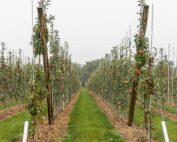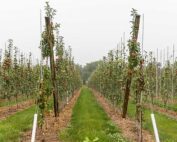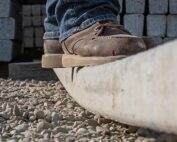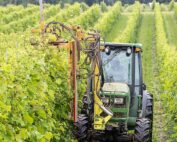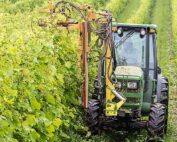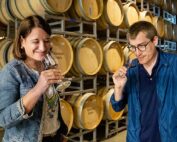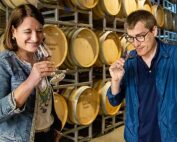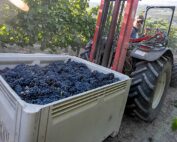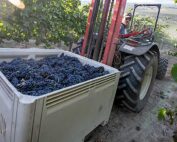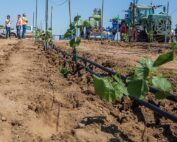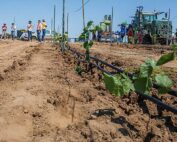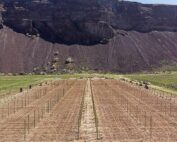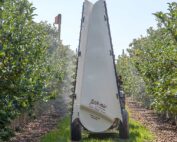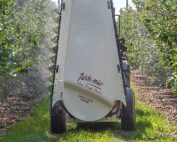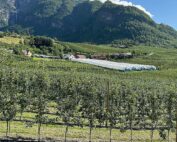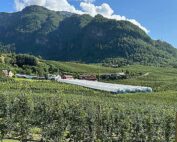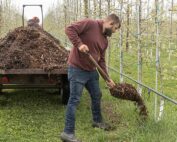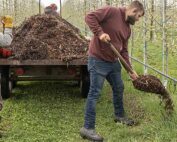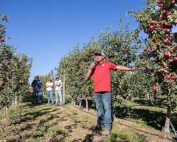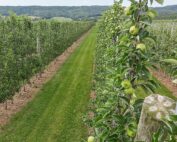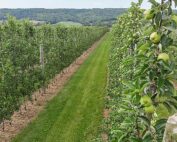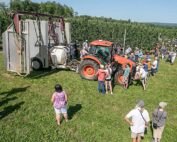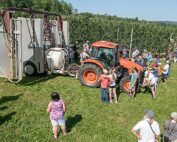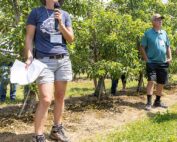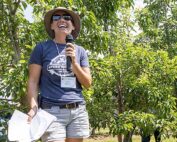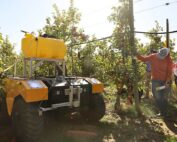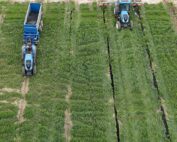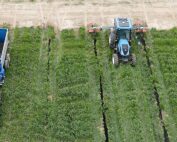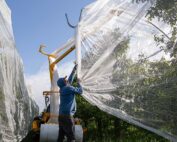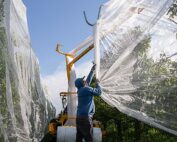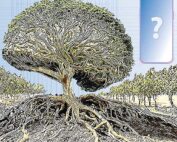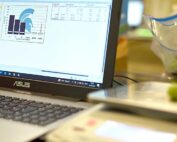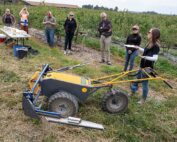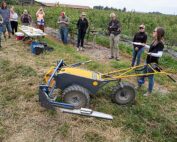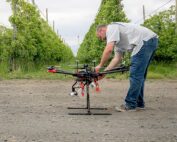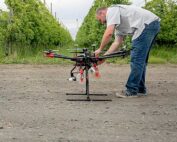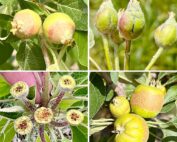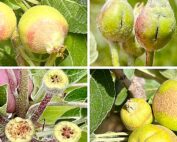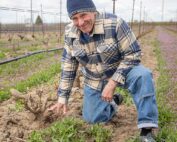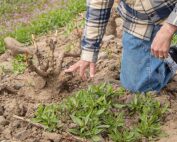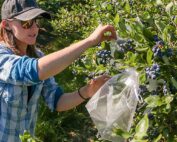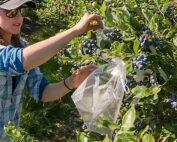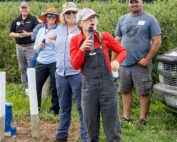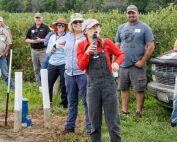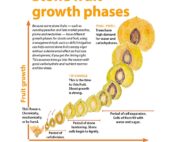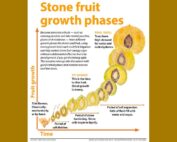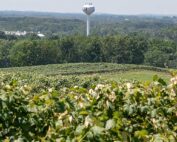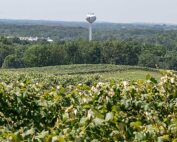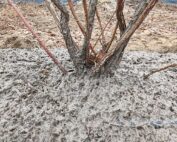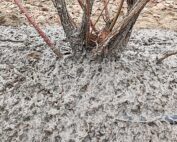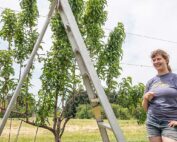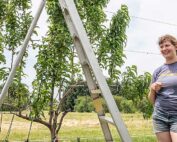ADVERTISEMENT
Our latest stories about crop management:
Michigan farm family making their market
Whether growing apples or making cider, Engelsma family is on the cutting edge.
Building local supports for concrete trellis posts — Video
While common in Europe, U.S. company starts manufacturing concrete trellis posts.
Wild weather vexes vineyardists
Nova Scotia grape growers grapple with a year of extremes.
Winery worlds old and new
Family behind Valdemar Estates grows in Washington and Spain.
Tempting with Tempranillo
Climate similarities between Spain and Central Washington spark varietal visions.
Hansen: Decades of data
Long-term soil health research vineyard planted with federal, state and industry support.
Soil health study includes orchard endeavors
Three-phase soil health trial will include Honeycrisp, Gala and cherry planting.
Testing orchard tech in tandem
Researchers pair bloom mapping with smart spraying.
Touring Norway’s fruitful fjords
IFTA visits Norway’s orchards to learn about climate adaption, cider and cherries under cover.
Organic niche spreading
Michigan growers working to meet organic apple demand.
PGRs reduce vigor in WA 38 trials at WSU
Green spot in WA 38 apples is a result of a nutrient imbalance caused in part by excess vigor. Manage the vigor and you manage green spot...
Triumphs and trials of growing Ambrosia
Nova Scotia growers share some key characteristics of Canadian-bred apple.
Growers gather in Canada’s Honeycrisp haven
IFTA tours orchards in Nova Scotia’s Annapolis Valley.
Growers grin and pear it in Eastern Canada
Pears fill market niche for Nova Scotia grower.
WSU tech field day introduces a wide variety of research projects
Field day highlights precision application of fertilizer, virtual orchards to train robots and frost-tracking drones...
A better use for ag waste
Biochar company tests ancient technology in modern orchards to sequester carbon and boost tree growth.
Unstructured netting provides a bug barrier — Video
Growers try single-row tree netting as pest control.
Digital dialogues offer orcharding advice
The next wave of AI in the orchard arrives as tech startups rush to launch farming chatbots.
A random approach for measuring fruitlets
MSU tool seeks to simplify crop load management.
Bots, bees and berries
Field day showcases new technologies aiming to boost blueberry production.
Down to earth with drones
UAVs make commercial headway in the tree fruit industry.
Late freeze means less fruit for New England growers
Low temperatures hit Northeastern fruit.
The low-down on mini head-trained grapevines
Warm rocks, cold winters prompt vine training style in the Walla Walla Valley.
Bee good to your berries
Stock honey bees wisely and think beyond your farm to boost pollination.
The Big Apple and the Big Blueberry?
New York industry has growth potential but faces labor and market challenges.
Regenerative ag targets soil health and beyond
Emerging regenerative agriculture certification goes beyond organic, according to participating vineyards.
Van den Ende: Growth mindset
For late-season stone fruit, deficit irrigation can be timed to control canopy growth without impacting fruit size.
Farms finding success with fruit diversification
Growing multiple crops spreads out labor and balances revenues.
Paper or plastic for weed suppression — Video
Washington State University trials paper-based slurry as alternative to plastic weed mats for blueberry plantings.
Good to Know: A planar plan for peaches
Michigan State University research is moving peach production into two dimensions.

